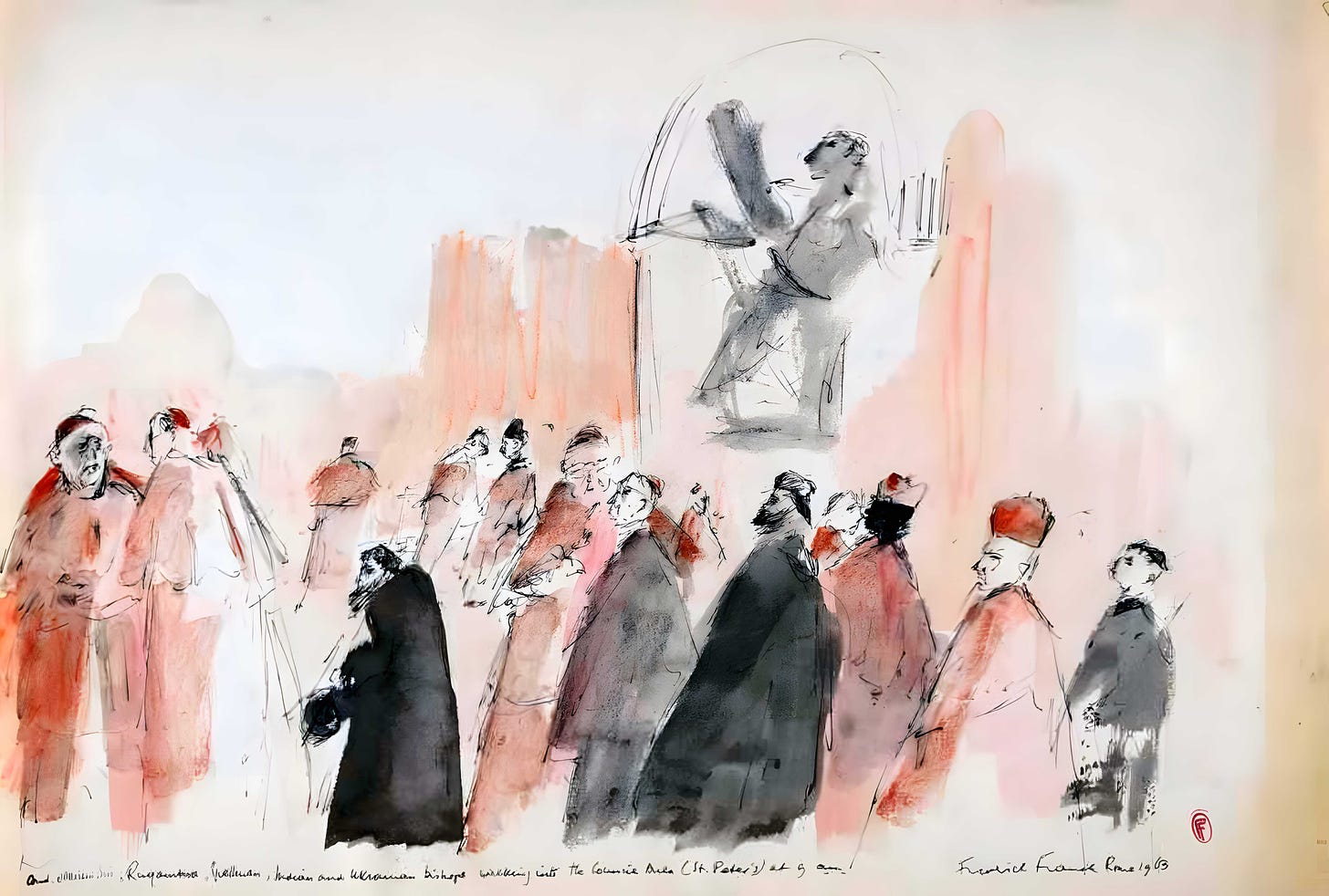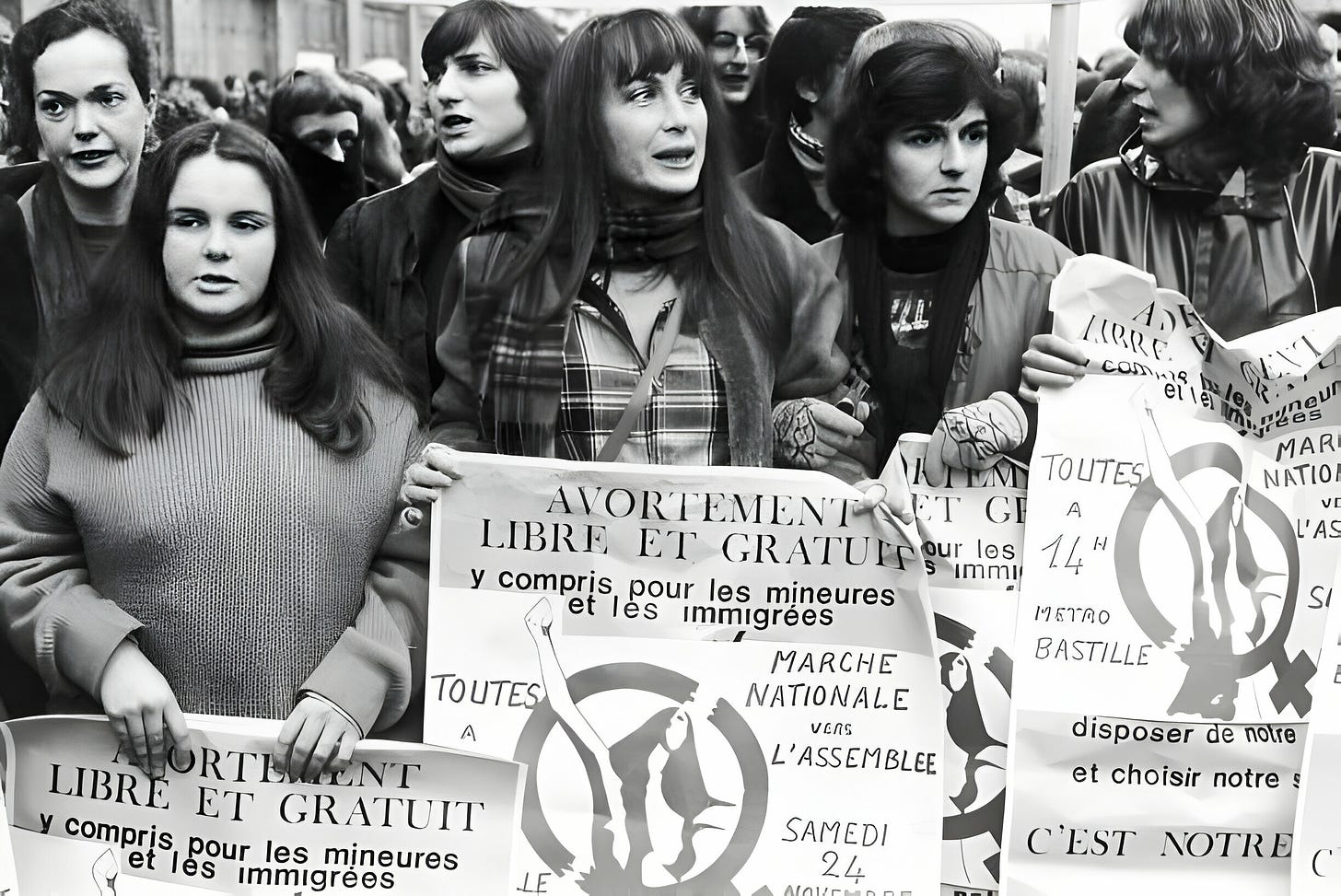Vatican II as Cause of Cultural Revolution: Questioning the Victim Narrative
Was the Council “hijacked” by a hostile culture—or was it a “sine qua non” for that culture’s emergence?

It has been fashionable to present the Church’s leaders in the 1960s and ’70s as victims of that period’s tremendous cultural change, especially insofar as it prevented the realization of the Council’s putative promise. The standard conservative account is that Vatican II itself was fine but then the Church got blindsided by the spirit of 1968 and that threw off everything. The Council was hijacked and derailed; the world unexpectedly exploded with the Sexual Revolution after the Council and sucked it into the maelstrom.1
I believe we have every reason to call this narrative into question; indeed, to hold that the opposite is true. It is far more likely that it was Vatican II that precipitated 1968, in the sense that the one institution in the Western world that had unequivocally represented timeless order, stability, tradition—even if people hated it—suddenly seemed to be reexamining everything from the ground up. As a friend of mine puts it, the Council (and especially the liturgical reform) betokened “a Great Unfreeze” in which all that had been held as sacred, normative, and unchangeable, or at least taken for granted, was now up for review, criticism, revision—even if the goal, at least for the majority, was to reaffirm the same truths using a “new language” adapted to Modern Man.
The gathering of over 2,000 prelates under a pope, pursuing the motto of aggiornamento, was the green light to a total reexamination of Western culture and society—a reexamination that quickly degenerated into a rejection of norms, strictures, customs, and heritage. Rather than being poor blindsided victims, the Church’s leaders in the period from 1958 to 1968 are more aptly characterized as generators or agitators of the cultural change that finally erupted in ’68 and has continued its course of dissolution ever since.

Destabilizing the foundations
Arguably, the two most stable areas of social life, where change is the slowest and least observable under normal circumstances, are the forms of worship and the relations between the sexes. This is to be expected: the relation of the sexes is the foundation of natural social life, and the worship of God is the core activity of supernatural social life. By mandating, authorizing, or permitting radical changes and disruptions in precisely these areas, churchmen opened the way for the dark forces to tear through what remained of Western civilization.
Keep reading with a 7-day free trial
Subscribe to Tradition and Sanity to keep reading this post and get 7 days of free access to the full post archives.




